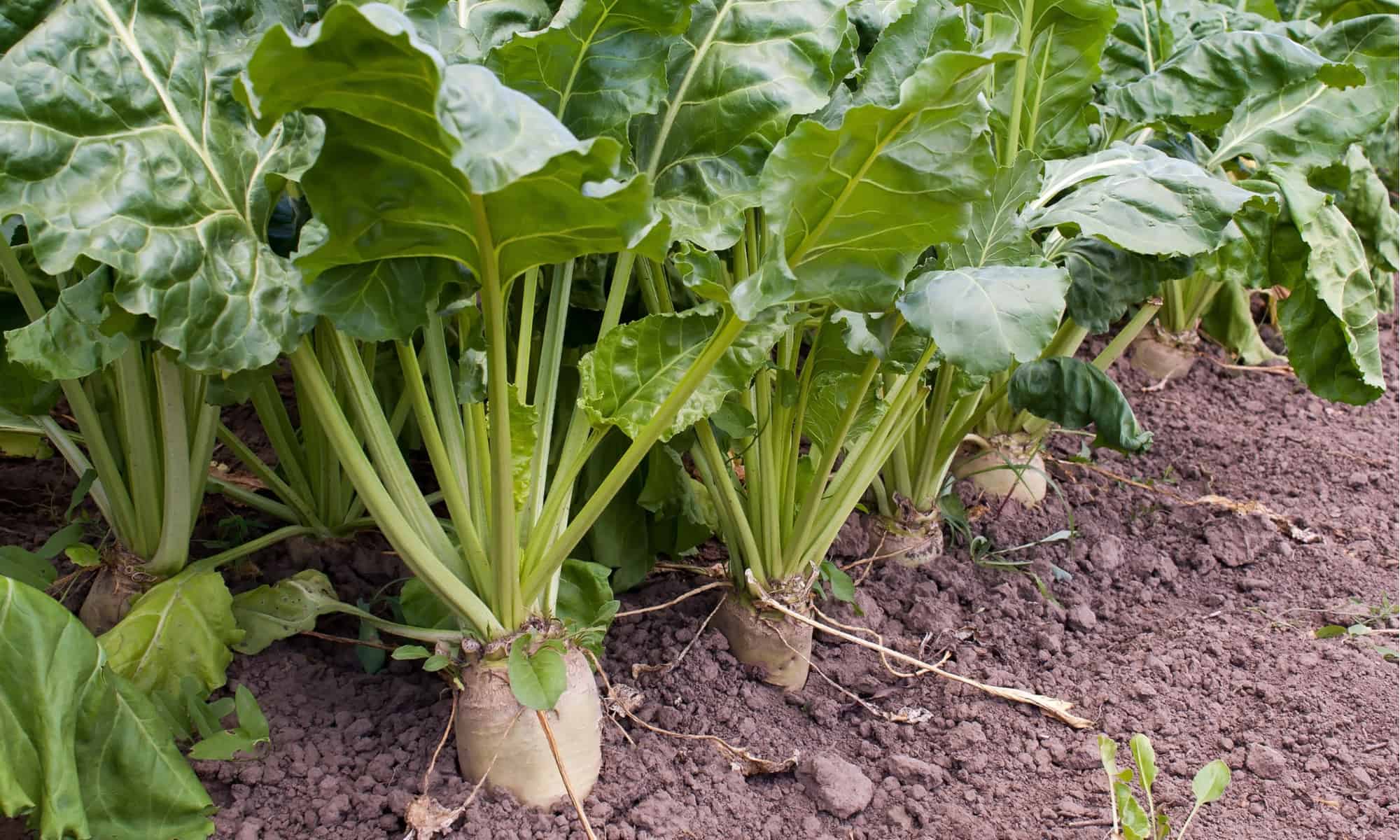Discover the Uses and Perks of Beet Sugar Vs Cane Sugar in Your Daily Diet Regimen
Checking out the unique qualities of beet and cane sugar exposes even more than just their sweetening capacities; it highlights their distinct influences on health and cookeries. Beet sugar, understood for its subtle taste, is usually preferred in delicate treats, whereas cane sugar, with its hint of molasses, includes splendor to durable recipes. Each kind holds its own nutritional account and glycemic ramifications, inviting a much deeper understanding of their functions in a well balanced diet regimen and sustainable intake methods.
Origin and Production Processes of Beet and Cane Sugar

The distinctive environments and soil types needed for growing sugar beetroots and sugarcane add to differences in their cultivation practices and geographic distribution, affecting the economics and sustainability of their production. beet sugar vs cane sugar.
Nutritional Contrast Between Beet Sugar and Cane Sugar
In spite of stemming from various plants, beet sugar and cane sugar are nutritionally very similar, both mostly containing sucrose. Each supplies concerning 4 calories per gram, translating to about 16 calories per tsp. Structurally, both sugars are made up of about 99.95% sucrose, with marginal amounts of various other substances like moisture and trace element, which do not considerably change their nutritional profiles.

Eventually, when selecting in between beet sugar and cane sugar based upon nutritional content alone, both offer similar benefits and downsides as they are basically forms of the very same particle-- sucrose, providing fast power without various other nutrients.
Influence on Health And Wellness: Glycemic Index and Caloric Material
Discovering further into the effects of beet sugar and cane sugar on health and wellness, it is vital to consider their glycemic index and calorie content. Both sugars are categorized as sucrose, which includes glucose and fructose. This make-up leads them to have a comparable influence on blood sugar levels. The glycemic index (GI) of both beet and cane sugar is around 65, categorizing them as high-GI foods, which can create quick spikes in blood sugar degrees. This is an essential element for individuals handling diabetes or those attempting to maintain their energy degrees throughout the day.
Each kind of sugar consists of around 4 calories per gram, making their calorie web content matching. For those keeping an eye on calorie consumption, specifically when handling weight or metabolic health and wellness conditions, understanding this equivalence is crucial (beet sugar vs cane sugar). Excessive usage of any kind of high-calorie, high-GI food can add to wellness concerns such as obesity, heart condition, and insulin resistance.
Environmental and Economic Considerations of Sugar Manufacturing
Beyond health and wellness influences, the manufacturing of beet and cane sugar likewise click over here now increases significant ecological and economic worries. Sugar beet farming has a tendency to call for cooler climates and has a reduced geographical impact compared to sugar cane, which thrives in tropical areas. Nevertheless, both plants are intensive in regards to water use and land line of work, potentially bring about deforestation and water shortage. Financially, the worldwide sugar market why not try these out is very volatile, influenced by adjustments in international profession plans and subsidies. Several countries incentivize sugar production via economic assistance, skewing market rates and influencing small-scale farmers adversely.
Furthermore, making use of chemicals and plant foods in both beet and cane sugar farming can cause dirt deterioration and air pollution, further influencing biodiversity and regional water bodies (beet sugar vs cane sugar). The selection between growing sugar beet or cane frequently rests on regional ecological problems and financial aspects, making the sustainability of sugar manufacturing a complex issue
Culinary Applications and Flavor Distinctions
While the ecological and financial facets of sugar production are indeed considerable, the selection between beet and cane sugar also influences culinary applications and taste accounts. Beet sugar, acquired from the sugar beet plant, is recognized for its remarkably neutral taste.
Cane sugar, removed from sugarcane, typically keeps molasses traces, which pass on a distinct richness and depth. This minor molasses flavor boosts the intricacy of baked goods, sauces, and marinades. It is particularly favored in items where a caramel undertone is wanted, such as in brownies or gingerbread. Additionally, the small variant in moisture content between beet and cane sugar can affect the texture and use this link consistency of meals, making cane sugar a favored selection for details recipes that gain from its unique residential properties.

Verdict
In conclusion, both beet and cane sugar have unique beginnings and production procedures, supplying similar nutritional accounts with mild differences in salt web content and taste. While their impact on health, specifically pertaining to glycemic index and calories, is equivalent, the choice between them usually boils down to environmental, financial factors, and certain culinary needs. Understanding these aspects can lead customers in making notified choices that line up with their wellness objectives and flavor choices.